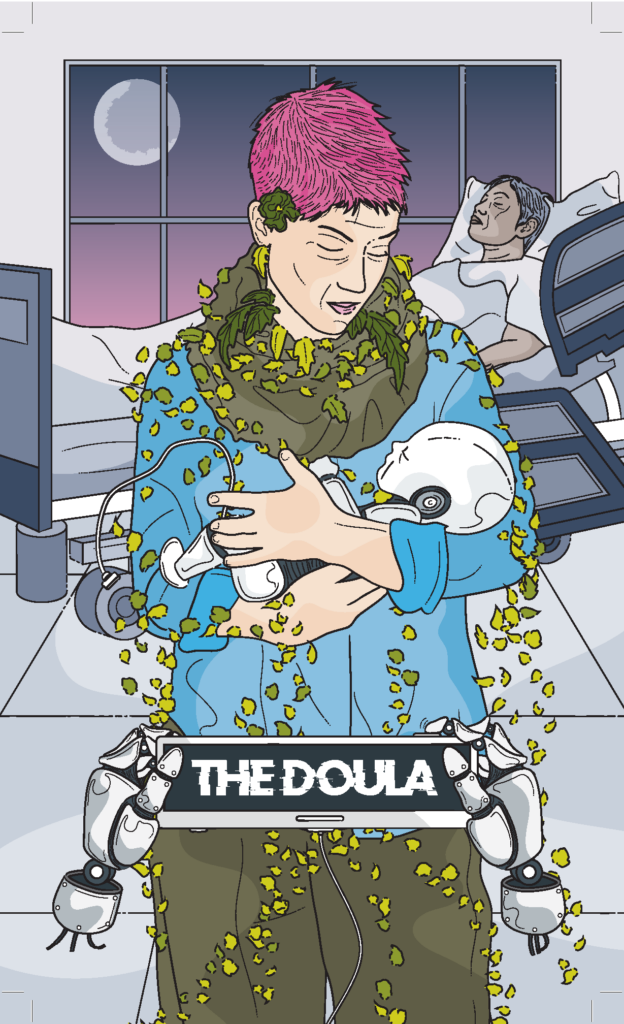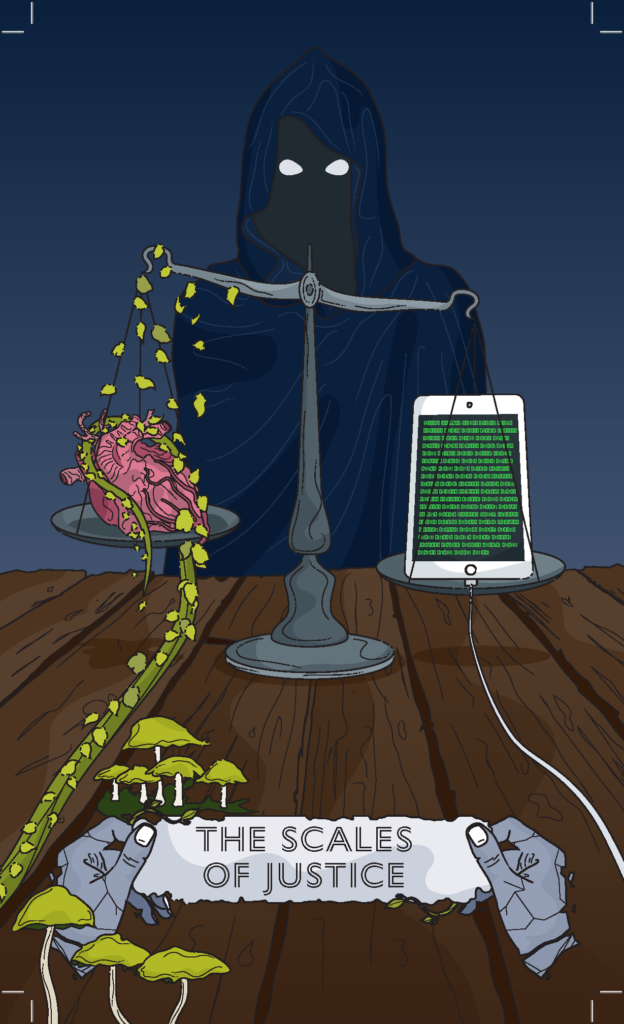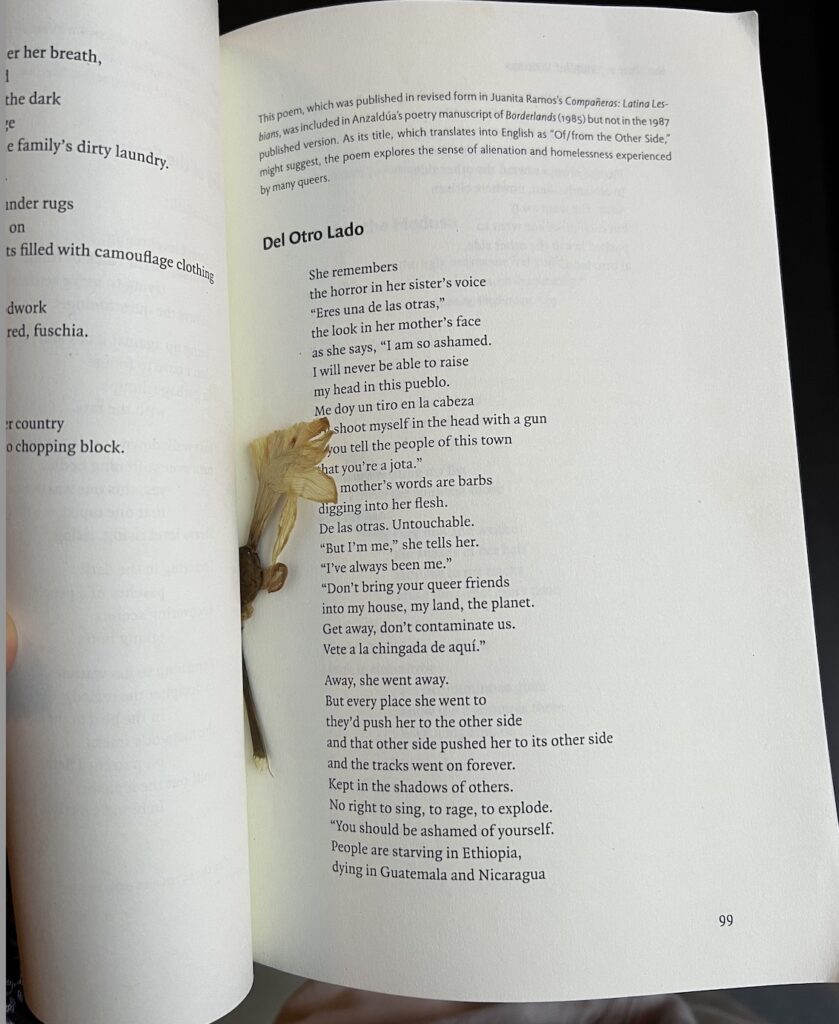One quick note: I could keep tinkering with this project, so I am stopping here. If/when I revisit it, I’m sure I will continue.
Justification
Pedagogy courses naturally concentrate on theory, but because of that focus, these courses don’t really provide guidance on how to structure or manage a class. All the theory in the world won’t help an instructor who is struggling to navigate the hazards of teaching. Further, while some colleges and departments have mentorship and sample syllabi, many don’t. Many just push their new hire into the classroom with little to no help. This class should give prospective instructors an idea of what to expect. It won’t prepare novice instructors for everything, but, hopefully. It will give those taking the class some idea of what to expect and how to cope.
Limitation
The biggest limitation to this proposal is the lack of practice instruction. When I was in grad school in Illinois, the program had a teaching practicum wherein we taught English to the partners of international graduate students. I don’t think that this would be an option at the Grad Center. A possible solution would be to have the students teach lessons to one another, but I’m not sure of the efficacy of that. Also, this would take a tremendous amount of time, including everything from discussing lesson plans to performance tips. This would have to be its own course.
Another potential criticism is that, the way I picture it, this course would not have much theory to it. It would be concerned with taking the knowledge the students already have and applying it directly. I think that graduate school frequently focuses so much on theory that it can lead to paralysis by analysis.
On a more personal level, I do not know how course proposals work at the grad center, but I know how curriculum development works at LaGuardia, and it’s nightmarish. It’s a great deal of work with no guarantee of reward. Further, even if I did propose it, I don’t think my odds of actually teaching it are low. When I finish this program, I will have two Master’s degrees, but no PhD. That matters.
Still, I think this framework has a great deal of value, in discussing how to maneuver within the power structure, how to set things up to help students, and how to navigate the bureaucracy, which is always a challenge.
Notes on the project
I want the students to choose an intro level course, because, odds are, as a new hire, that’s what they’ll be teaching. I don’t care which campus they choose, but most CUNY schools should have the forms and policies I ask for on their websites.
In the general discussion of their courses. I want them to see how many sections their courses run. I want them to think about when and how the course is taught, and how many times per week the class meets. After all, evening classes have a different feel to them than day courses. Even during the day, different time slots have different challenges. Finally, They need to familiarize themselves with CUNYFirst because that program is not user-friendly.
In terms of organization, they need to know what topics they are required to cover, and which ones are optional. Some courses have more room for freedom than others. Also, there is no one way to organize a class. For instance, when I teach Voice and Diction, I start with a discussion of consonant sounds, then move onto vowels, with the topics gradually getting more and more complicated. However, many people will start with word stress, because English word stress is a complicated mess, but learning the stress patterns really helps pronunciation. Both approaches are valid.
For assignments, again, they need to check to see what is required. For instance, at LaGuardia, Public Speaking requires three speeches: self introduction, informative, and persuasive. Many instructors add a fourth or fifth. For instance, I add a short speech where my students have to present a chart or graph. I do this to help them deal with visual aids. After finding out what is required, they can add what they want. I would include in this section the fact that the first time instructors run a project, it tends to be a bit of a disaster area. That’s fine. Learn from it and refine. I have been running the states project for over fifteen years, I still have to tweak it.
Where technology in the class is concerned, I firmly believe that if an instructor doesn’t know how to use an app or a program, that instructor has no business assigning student projects using it. If the students get lost in the app, the instructor can’t help them, and, further, the instructor can’t really assess the process of the project if they don’t know how to actually do it. I have advised instructors to do a test run of new projects before assigning them.
Especially for courses that run many sections, a textbook is assigned by the department and the instructor has to live with it. However, there will sometimes be more freedom in choosing supplemental materials. Instructors can also develop their own OER, but that is time-consuming, and can lead to burnout, especially at the adjunct level.
Having all the student services in one place makes sense. They don’t need to include it on the syllabus, but they shou;d put that information SOMEWHERE. I put the student services information both on my syllabus and on Blackboard.
Some of the college policies need to be on the syllabus. Things like the plagiarism policy (just link to it) and the attendance policy need to be on the syllabus. I also ask about how strict the attendance policy because, at LaGuardia, it used to be that if students miss more than 15% of class (two weeks or so), they would automatically fail. At least half the faculty, myself included, did not enforce this. In my experience, if a student misses that much class, odds are they are failing without invoking the policy. Further, I have had many students who did technically violate the attendance policy, but had extenuating circumstances, so I just ignored it. For what it’s worth, LaGuardia is in the process of reworking this policy, and just sent out a document discussing it, but it is still under discussion so I hesitate to share it. It basically gives the various departments the right to establish their own policies. We’ll see how this is implemented, though it is interesting that one of the reasons the policy is under revision is that it’s too strict, but all the options that were proposed are stricter. So, I am confused. .
Grading can be surprisingly complicated. For instance, while I understand the idea of the WU grade, there really aren’t hard and fast guidelines on when to use it. Further, at LaGuardia, at least, instructors cannot just give an incomplete. Students need to request one, and that student needs to have a GPA of over 2.0.
If the class is targeted for assessment, get it done as soon as possible. Sometimes, this isn’t possible until over halfway through the term, That’s fine. Also, sometimes, every section of a particular course has to do the exact same assignment for assessment.
The observation protocol is actually in the contract, so, while there is some variation, the basics are there. I’m sure the forms differ across campus, the general guidelines remain the same. Remember that the instructor can comment on an evaluation, and, if the instructor thinks the evaluation is extremely unfair, it can be grieved. Also, instructors need to know just how seriously the student surveys are taken and the protocol for administering them.
I didn’t include this in the project because I don’t think I would have time to really discuss it, but new hires should absolutely read the policy on reappointment. They should also know when reappointment letters are sent out. At LaGuardia, for example, for full-timers, the letters are sent out in mid-November, which means that, if someone is not reappointed, they find out in November, and then have to work the rest of the school year. This is less than ideal. However, it does make some sense. It gives the non-reappointed person time to organize an appeal and find another job in Academia, since full-time job postings in Academia tend to start in November for the following school year.
Odds are, the instructor will have to use online platforms. Minimize the number used in class. At the graduate level, using five or six different platforms can make sense. This exposes grad students to various tools. At the undergraduate level, so many different platforms can overwhelm students. Also, sometimes, instructors are required to use publisher platforms and the quizzes they provide. If so, figure out how to fit them into the class.
Finally, the last few weeks of the course pulls all these ideas together, to hopefully produce a draft of a syllabus and, hopefully, provide a better understanding of how to survive and even thrive in the CUNY system.
Acknowledgements:
I would like to thank Brie Scolaro for help in brainstorming this idea, and my colleague Sebastian Pieciak for his help in refining the project.







